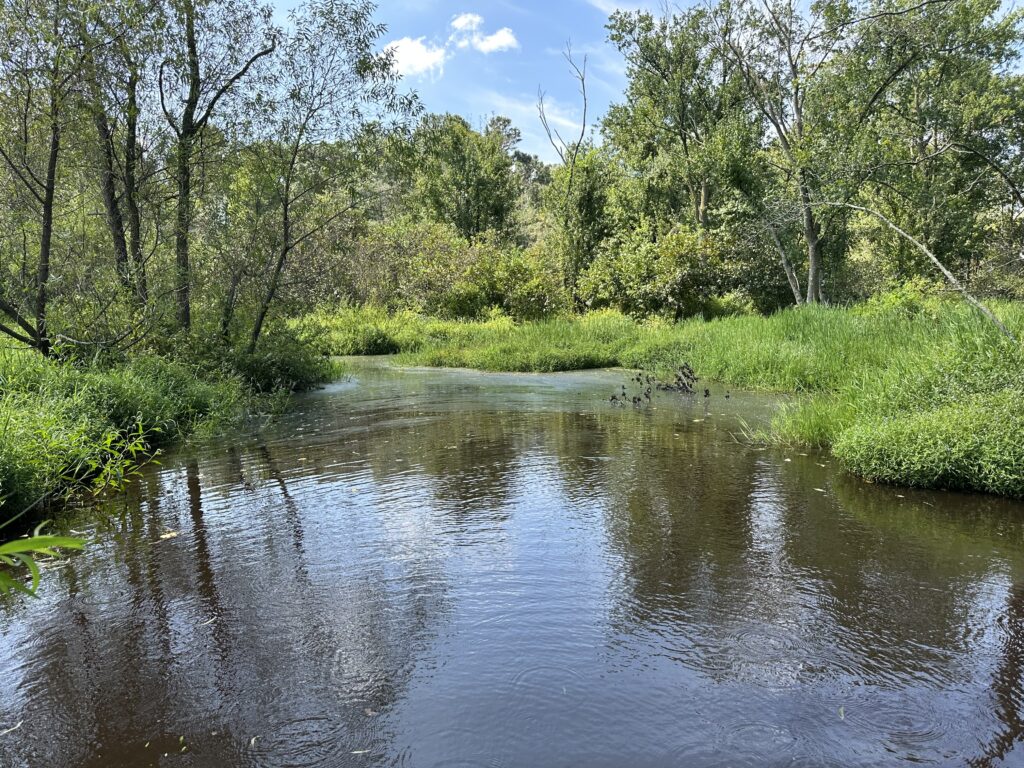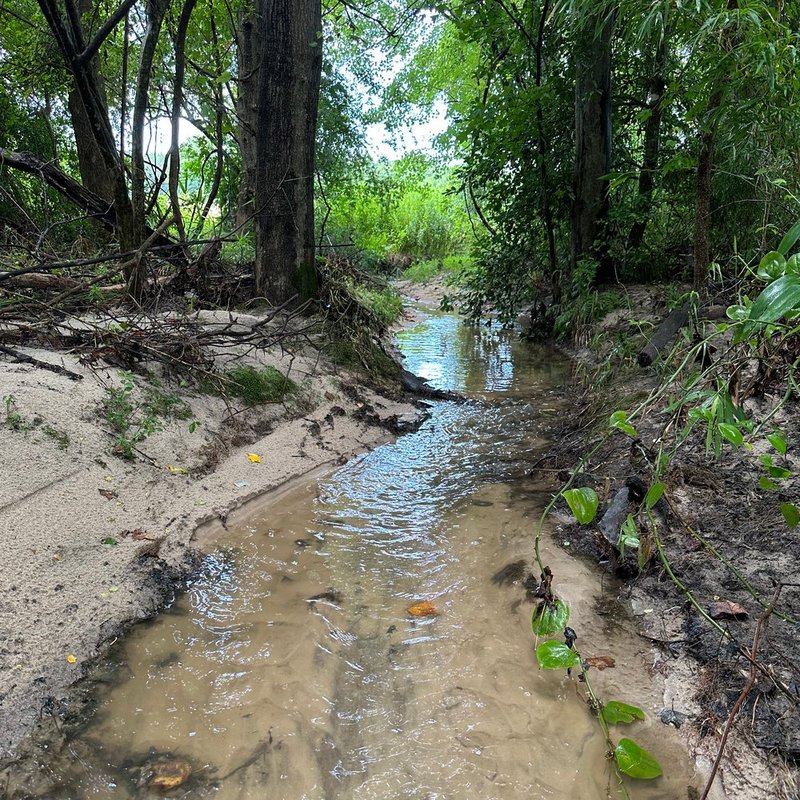Environmental Restoration
partnering With North Carolina Landowners.

years of experience
about us
17 years of Environmental Restoration
RestorEcology takes a unique approach to natural habitat restoration projects. Pulling from our experience in working with more than thirty landowners in previous mitigation projects, we’ve decided to partner directly with landowners in implementing projects. Landowners bring one of the most critical elements to a project: the land itself.
RestorEcology brings the expertise and experience needed to permit, plant, monitor, maintain, and steward a project in perpetuity. Additionally, we use our financial and market analysis experience to select projects that have a clear path to strong financial returns, both for the landowner and us.




fAQs
For Landowners

Contact Us
Request a Consultation
Feel free to send a message or call and we’ll talk shortly.
If you have a question, check out our frequently asked questions section to see if you can find your answer.
Or just give us a call!
(919) 817-7378
